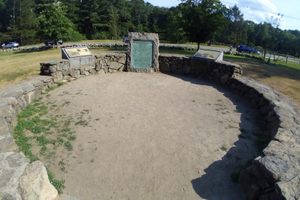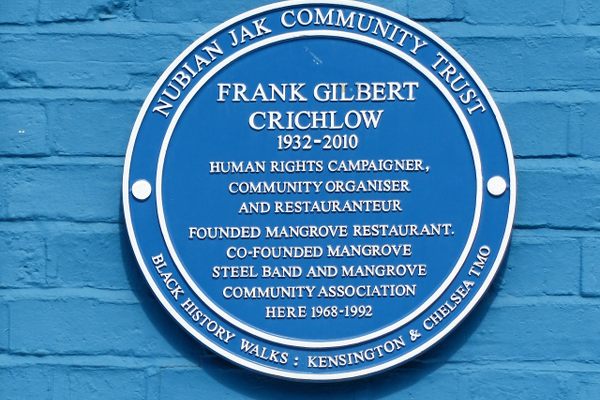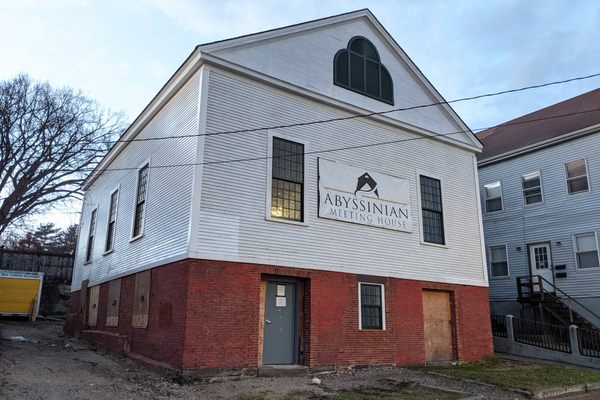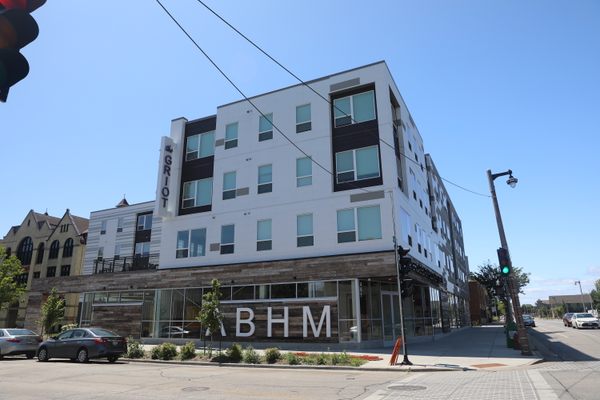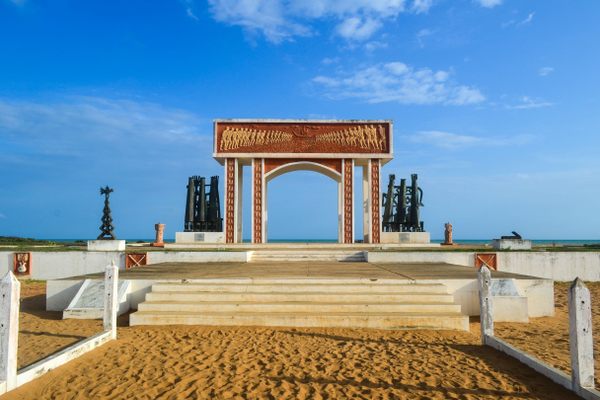About
In the early morning hours of April 19, 1775, just as dawn was beginning to break, around 80 militiamen emerged from the Buckman Tavern in Lexington under the command of Captain John Parker and formed ranks outside. They received word from Midnight Riders such as Paul Revere, William Dawes, and Samuel Prescott of approaching British regulars marching west from Boston in search of weapons and military supplies. The provincial militia anxiously waited for their arrival and among them was an enslaved laborer named Prince Estabrook.
British officers met the assembled militia and ordered them to disperse. Outnumbered, Parker gave the order to slowly step back and disperse but most could not hear him. It was then that somebody from somewhere, fired and a shot rang out. The British unleashed a volley and by the time the smoke cleared eight militiamen were dead, nine were wounded including Estabrook, with one Redcoat injured. To this day. nobody knows for sure who fired the initial shot. But it would go down in history as the very first one of the American Revolution.
Not much is known about the early life of Prince Estabrook. It is believed he was born in 1740 or 1741 to enslaved parents. He was owned by Benjamin Estabrook and was among the small number of enslaved people living in Lexington at that time. Although provincial law prohibited enslaved men from serving as soldiers, Estabrook nonetheless joined the ranks of the militia on the morning of April 19, 1775. It is recorded that he took a musket ball to his left shoulder but eventually made a full recovery and was back in action roughly two months later. He would soon join the newly formed Continental Army and provided guard detail during the Battle of Bunker Hill. Estabrook would continue to serve throughout the war until he was discharged in 1781. He re-enlisted for another three years as a member of the Massachusetts 3rd Regiment until it was disbanded in November 1783.
After the war, Estabrook returned as a free man and continued to live with Benjamin and his family. After Benjamin died in 1803, his son moved to land that belonged to his father in Ashby, Massachusetts, with Estabrook joining him. Estabrook spent the remainder of his life in Ashby until he passed away in 1830. Originally his grave was simply marked “Prince Estabrook, Negro.” but in 1930 the U.S. War Department replaced the headstone with one that recognized his service during the Revolutionary War.
The documented history of African-Americans fighting for the colonial cause is scarce. Many of these people's names and stories remain unknown, despite their service. They lived during a time in which their basic humanity was not fully recognized and chose to fight in a devastating and costly war knowing full well of the uncertainty the future held. If you would like to pay your respects to a man who witnessed the first shots of the American Revolution and fought for his fledgling nation similar to other black patriots such as Peter Salem and Crispus Attucks, the memorial plaque is definitely worth a visit.
Related Tags
Know Before You Go
The plaque is located directly in front of the Buckman Tavern alongside the Lexington Battle Green.
Community Contributors
Added By
Published
October 24, 2022












